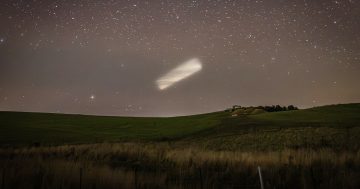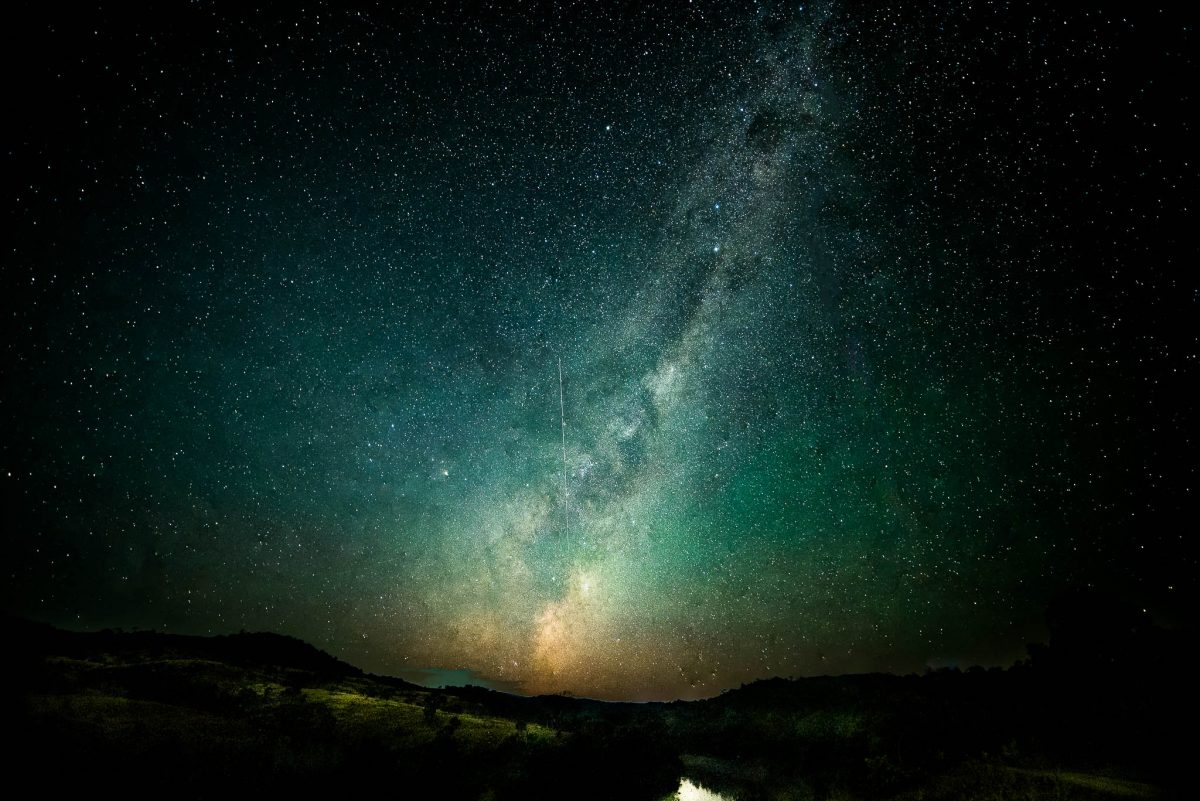
The Orion Arm of the Milky Way galaxy, as seen from Tharwa. Photo: Chris Chia.
It’s 3:30 in the morning and all is cold and black in Tharwa. Chris Chia and a group of similarly devoted photographers – armed with several cameras each and clad in jackets – are here to shoot what’s overhead, where what appears to be a huge glitter ball has exploded.
“A friend once told me he wanted to migrate to Canberra just to get photos of the Milky Way galaxy,” he says.
“And while it’s not very cold, the sky is dark and clear, so it’s perfect for photography.”
Because of our high altitude, low night-time temperatures, minimal light pollution and location on Earth, Canberra is regarded as front-row seating for seeing inside our galaxy. And there is no shortage of ‘astrophotographers’ like Chris to capture it.
“Tharwa is certainly my go-to area as it’s so huge, but there is also the Namadgi National Park and many bush locations with very little light-pollution and an interesting foreground of mountains, ponds, bridges, heritage cabins, waterfalls and rivers,” Chris says.
“We’re so blessed here in the bush capital – we can be at a great site within 15 to 20 minutes of the CBD.”
The Milky Way is about 100,000 light years (or 1,000,000,000,000,000,000 kilometres) across, and our solar system is situated in its Orion Arm, about 27,700 light years from the centre. This arm can be seen as a streak of stars and space dust across the night sky, especially vibrant between mid-autumn and mid-spring.
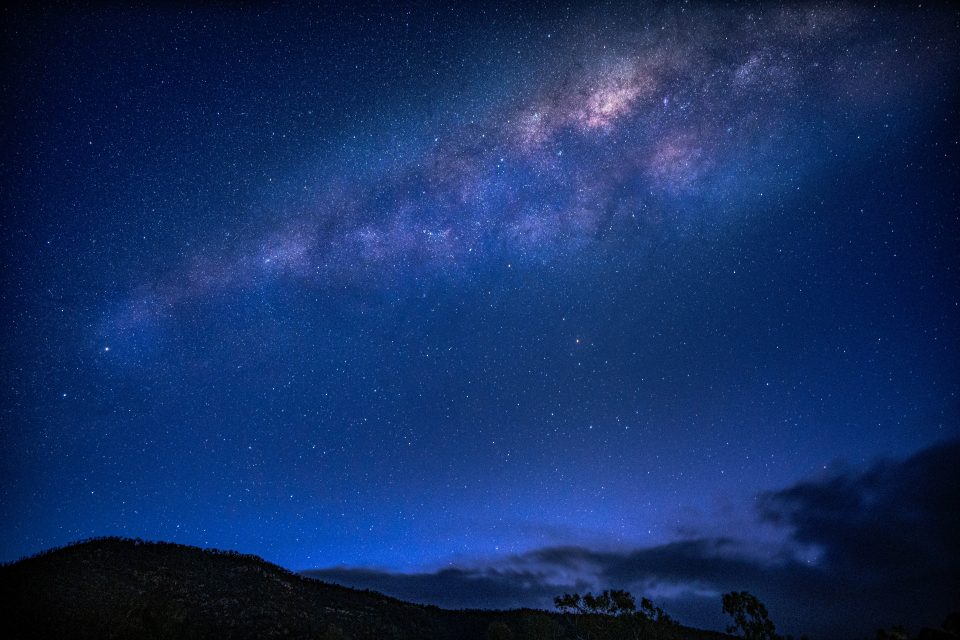
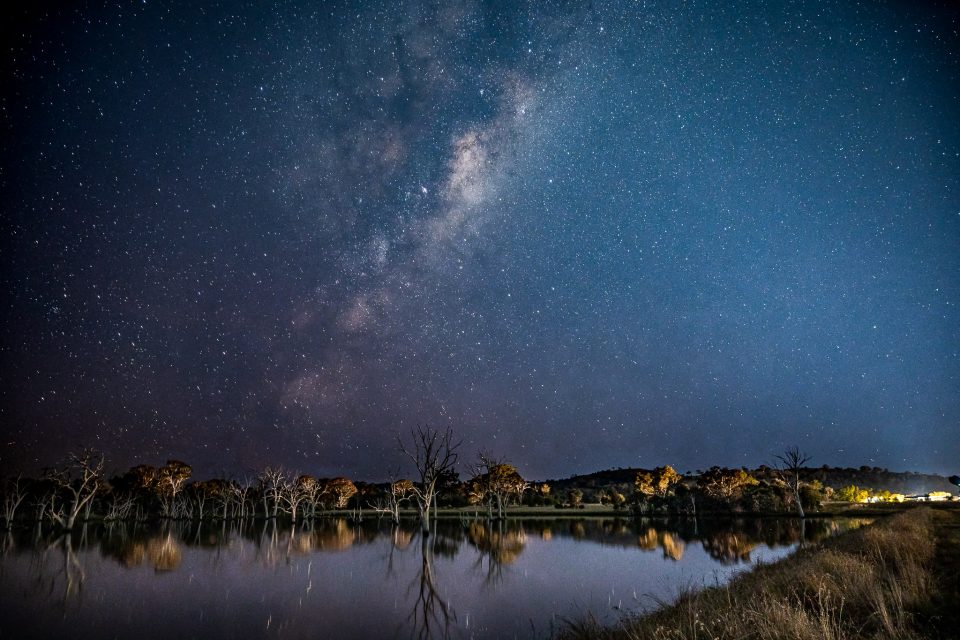


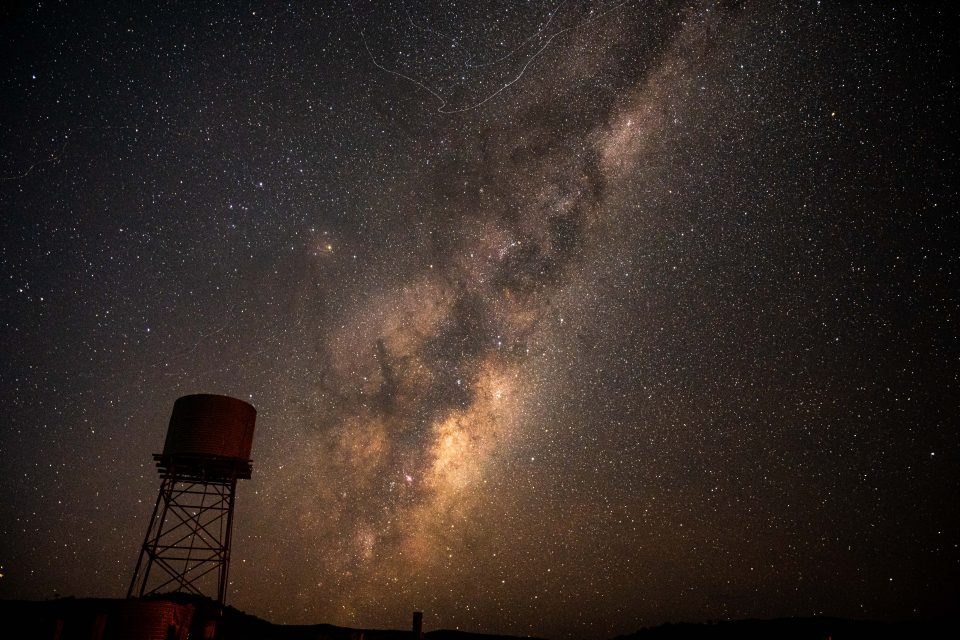

“Astrophotographers often refer to this time of the year as the ‘Milky Way season’ because we are pivoted towards the centre, or core, of the galaxy,” Chris explains.
But this doesn’t guarantee the perfect shot.
“I’ve been out and had clouds come up suddenly and block the view,” he says.
“At other times, the light from the moon will make it impossible to see. But other times, it’s a godsend and enhances the photo with the light it sheds on the foreground. We take it with an open mind.”
Chris became a professional press photographer right out of school – “literally after sitting my last exam”. After all, he’d already started a high-school photography club and developed his own photos.
“It was the career I always wanted,” he says.
He started practising on the Milky Way in those early days, gradually improving techniques as the years went by. Now retired, he says he’s still learning.
“There are so many great photographers in Canberra, and I love and adore what they capture.”
Ari Rex is one of those photographers.
For nearly 10 years now, the internationally acclaimed 2020 Nature Photographer of the Year and 2019 Astrophotography winner has hosted workshops designed to help everyone from novices “who don’t realise cameras need SD memory cards” to the expert from overseas capture professional-level shots of the Milky Way. Modern smartphones aren’t exempt, either.
“There’s definitely a lot of interest in Canberra,” Ari says.
“Last year was my biggest year since I started offering the different courses in 2014, with a few thousand people taking part.”


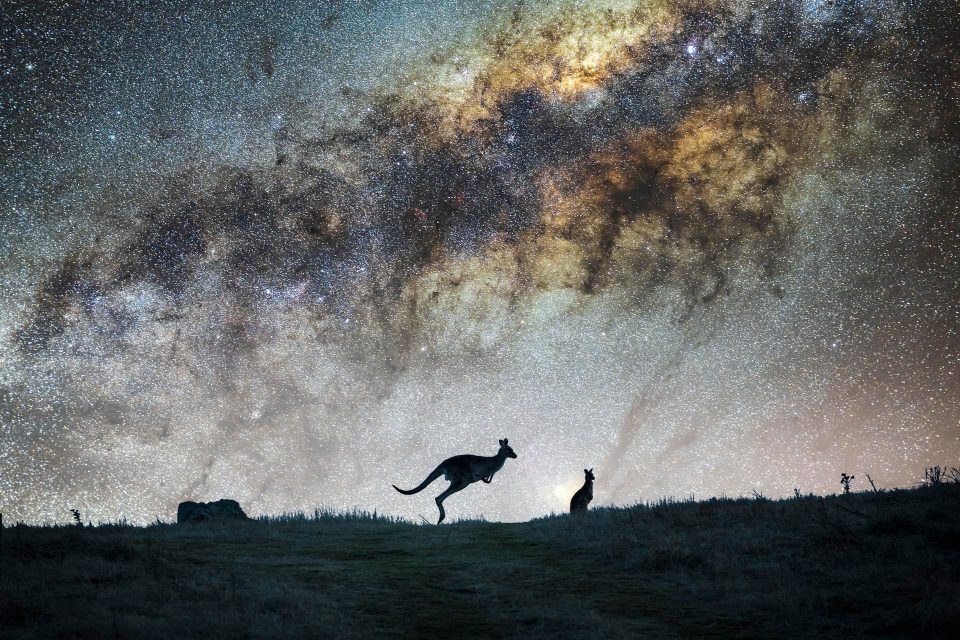
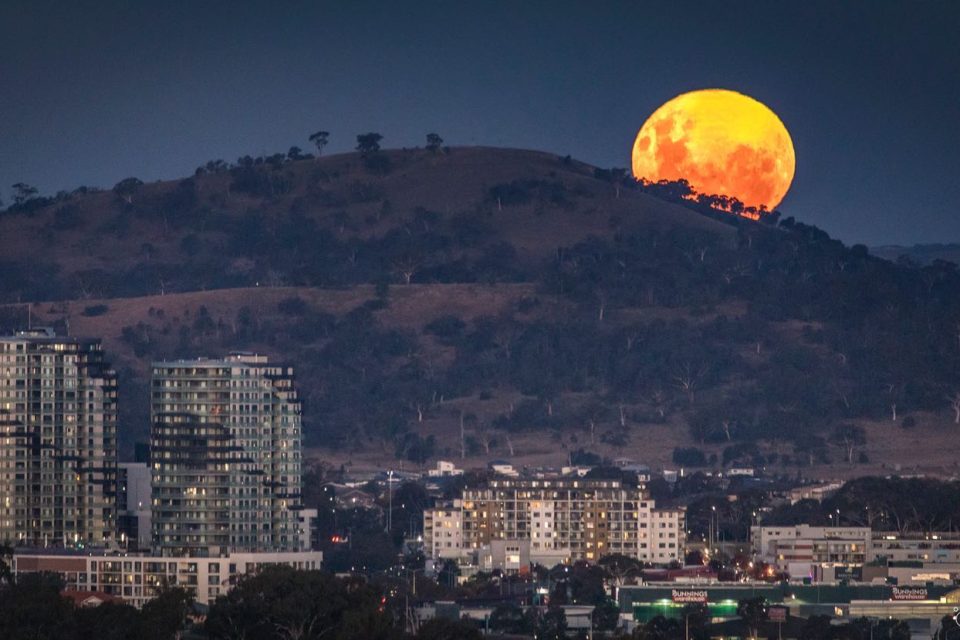
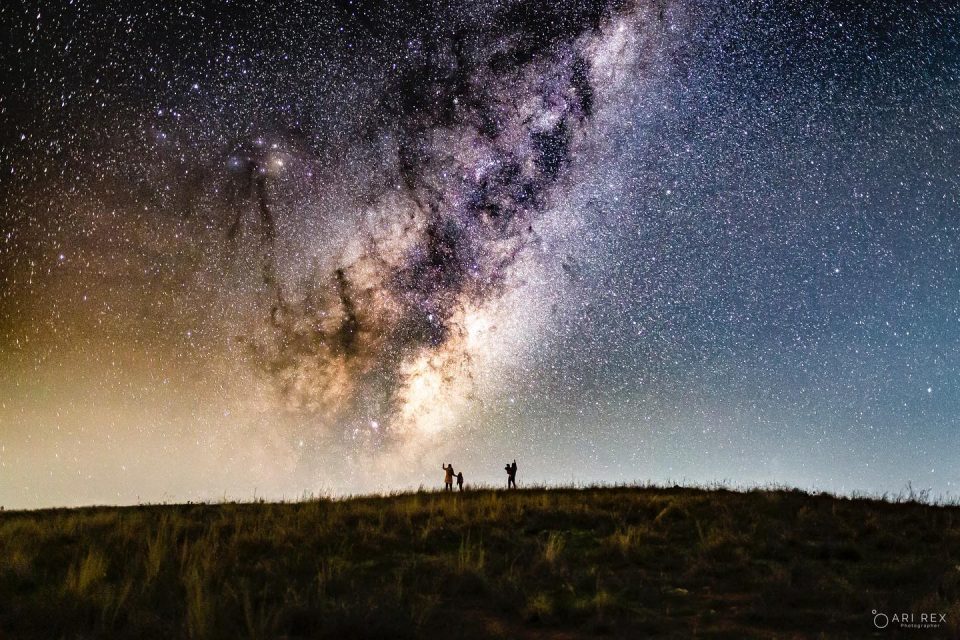
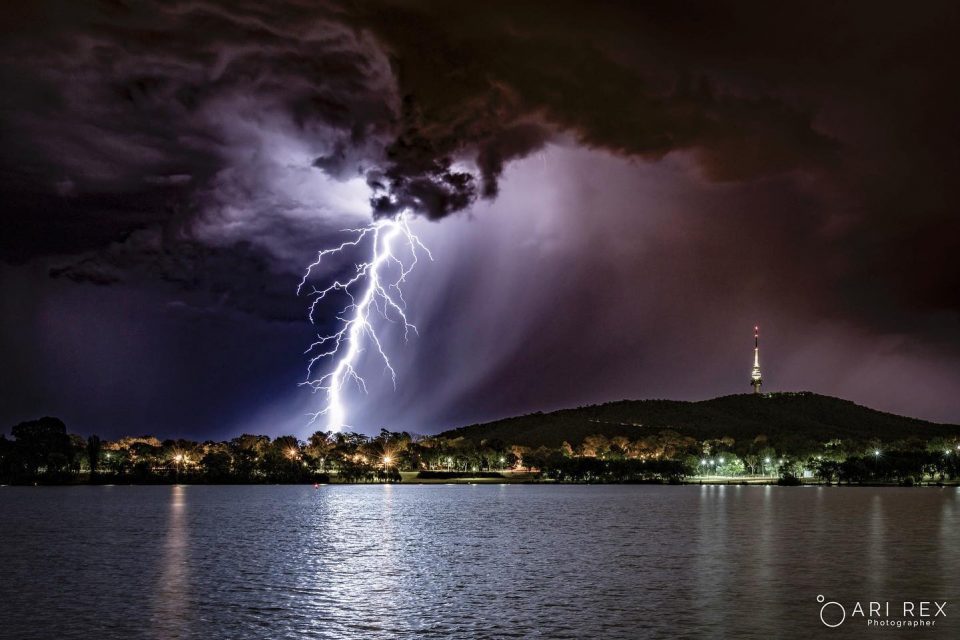
Like Chris, he names Namadgi National Park as one of his ideal locations, although he’s also started exploring further north near his suburb of Taylor. On a typical night out, he’ll have up to 15 cameras set up, capturing every part of the sky through either long-exposure photos or time lapses.
Sometimes, he’s in for a trea, like in May 2020, when he captured the Aurora Australis, also known as the ‘southern lights’.
“It looked like greenish, yellowish lights waving on the horizon,” he says.
“You’d never think to capture this beautiful phenomenon of nature here in Canberra, but this one crystal clear night, I couldn’t believe my eyes when I saw it.”
Other times, his cameras will pick up shooting stars and passing asteroids. All things considered, he describes Canberra as the astrophotography capital of the world.
“Summer nights aren’t the best because of the extra moisture and dust in the air, but I’ve been to many places and we are very special here in Canberra.”












